The rituals performed during the Hajj pilgrimage can be physically demanding. Thus, it is necessary to know the resting areas for pilgrims to regain their strength for the other rituals.
The Hajj pilgrimage is obligatory for every individual who is physically and financially sound.
The journey of Hajj along with its rituals is physically demanding. Here are some important points to note to take a break during this journey to regain your strength.
1. Tawaf
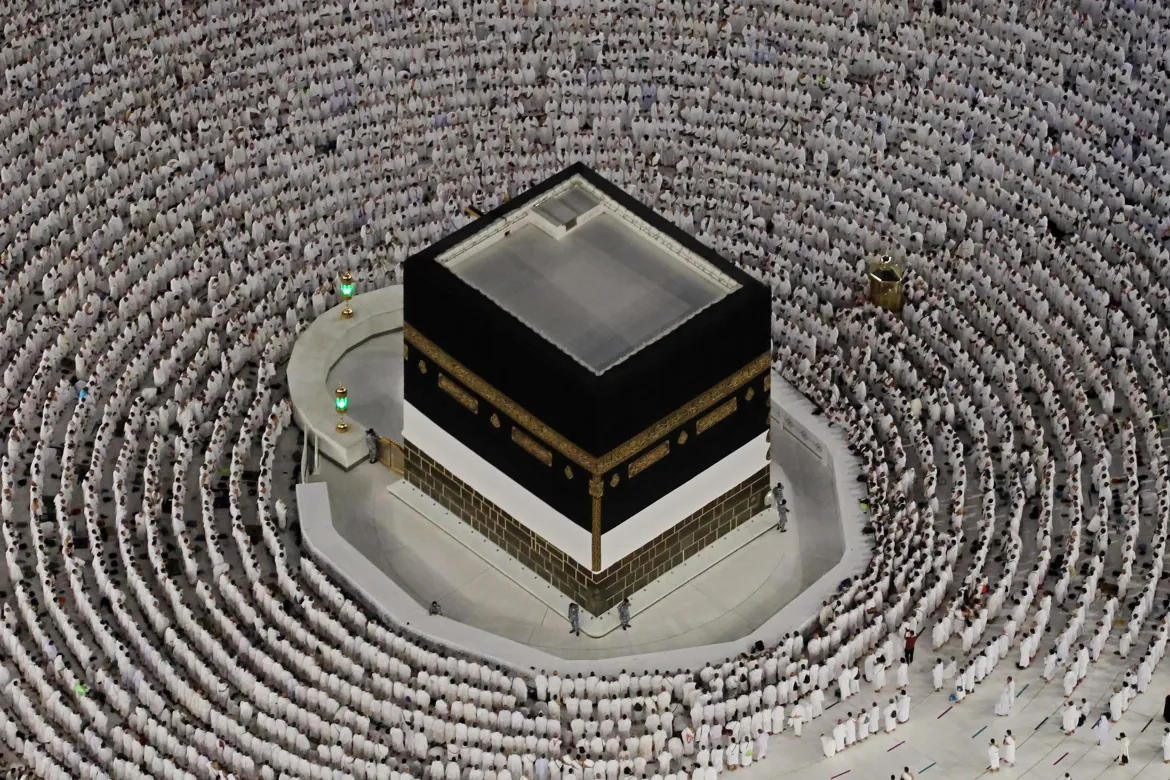
Pilgrims can take a short break after completion of seven rounds around the Kaaba which is known as Tawaf. With each round of 200 meters, the total distance traveled for the whole Tawaf is 2.76 kilometers.
The Tawaf involves physical effort and thus pilgrims must take a short break or a rest to gear up for the next rituals.
2. Sa’i
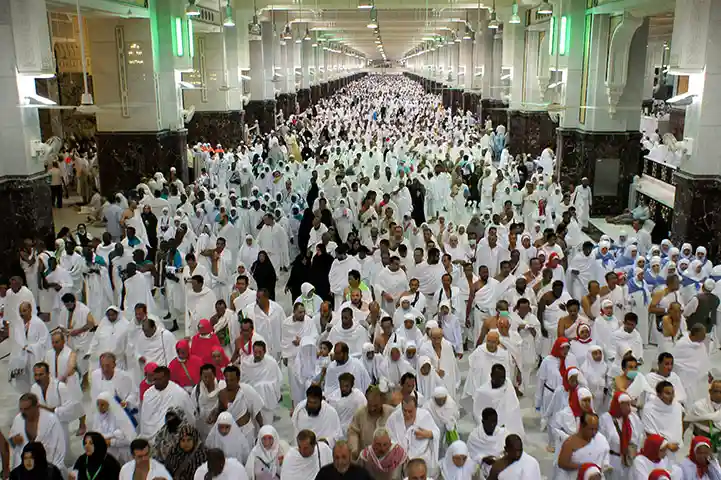
Sa’i is also a physical effort as it involves walking briskly between the hills of Safa and Marwah seven times. Thus pilgrims can take a small break after finishing this ritual.
3. Day of Tarwiyah (8th Dhul Hijjah)
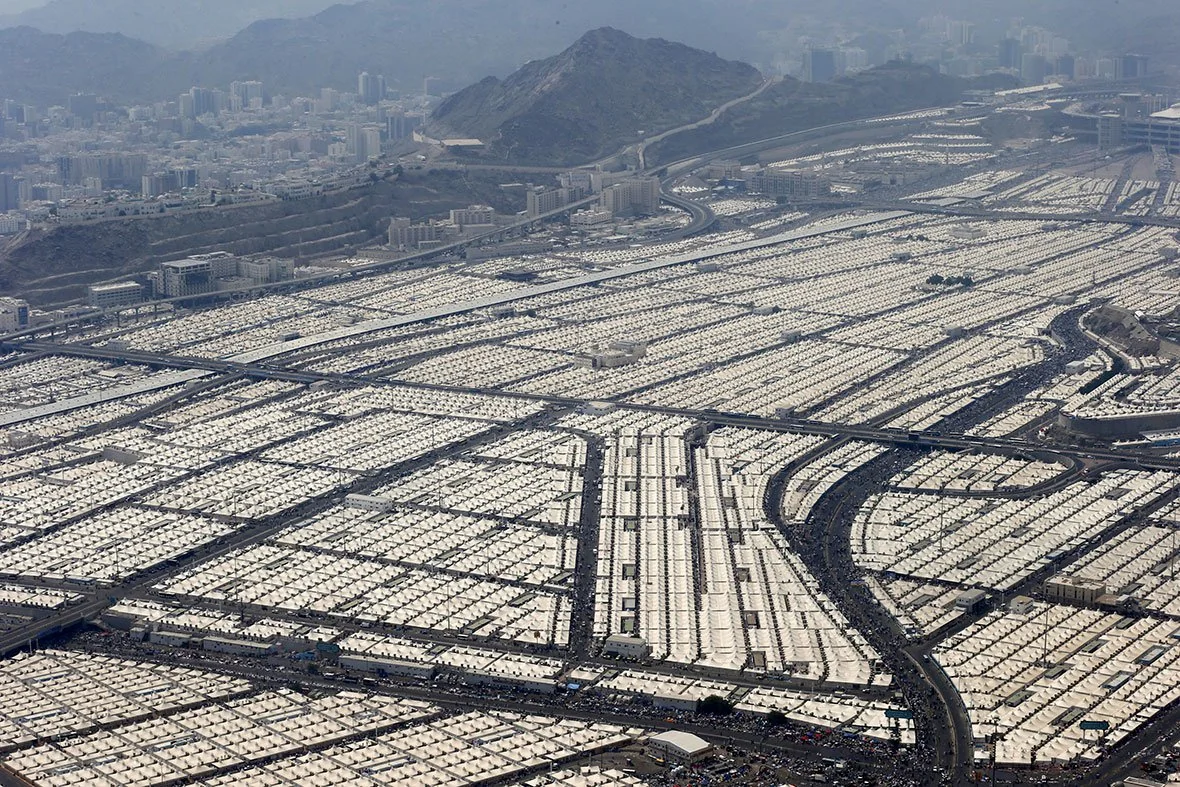
On the 8th of Dhul Hijjah, the pilgrims walk from Masjid-al-Haram to the valley of Mina. The distance between the two locations is approximately 6 kilometers. The tents in Mina offer a chance to rest after a long walk.
4. Day of Tashriq
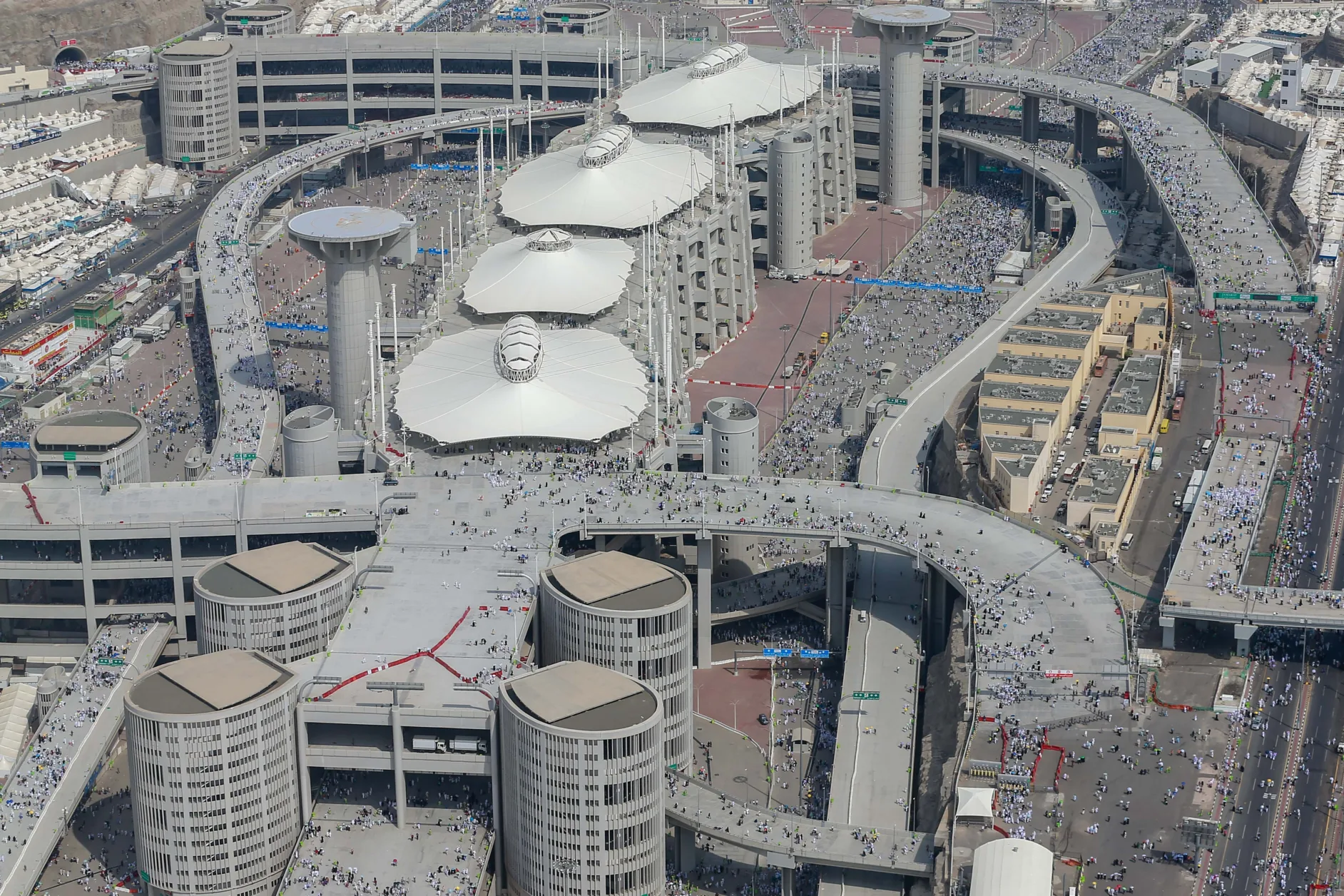
This ritual adds maximum physical strain as pilgrims must climb each level of Jamarat Bridge to perform Rami or stoning of the devil.
Each level of the bridge rises 12 meters. Pilgrims can thus rest before and after Tashriq to regain strength.
Physically Demanding Rituals
- Tawaf involves walking around the Kaaba seven times, summing the total distance to 2.76 kilometers
- Sai involves walking seven times to and fro between the hills of Safa and Marwa and requires physical effort.
- Walking 6 kilometers to Mina on the 8th Dhul Hijjah is tiring for many pilgrims.
- The Days of Tashriq is physically demanding as the Jamarat Bridge rises 12 meters for each level.
These rituals performed during Hajj test the pilgrim’s physical and spiritual devotion to Allah. This is why Hajj is called a journey that requires spiritual and physical strength.
It is important to study the rituals of Hajj before embarking on the holy journey. One should be aware of the physical challenges and resting areas to prepare better for the journey.
Subscribe to our channels on WhatsApp, Google News, Facebook and Instagram.Discover more from The Islamic Information
Subscribe to get the latest posts sent to your email.



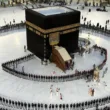





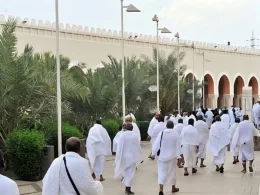
![How To Register For Hajj Online On Nusuk ([year]) 23 Register For Hajj Online On Nusuk](https://theislamicinformation.com/wp-content/uploads/2023/02/Register-For-Hajj-Online-On-Nusuk-260x195.jpg)

